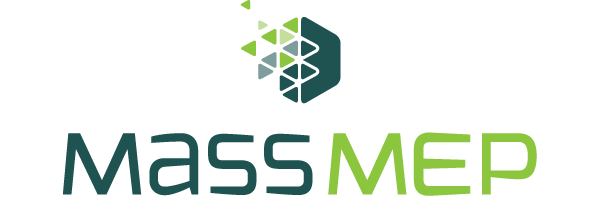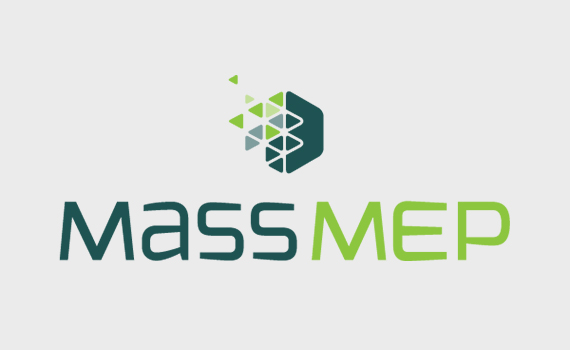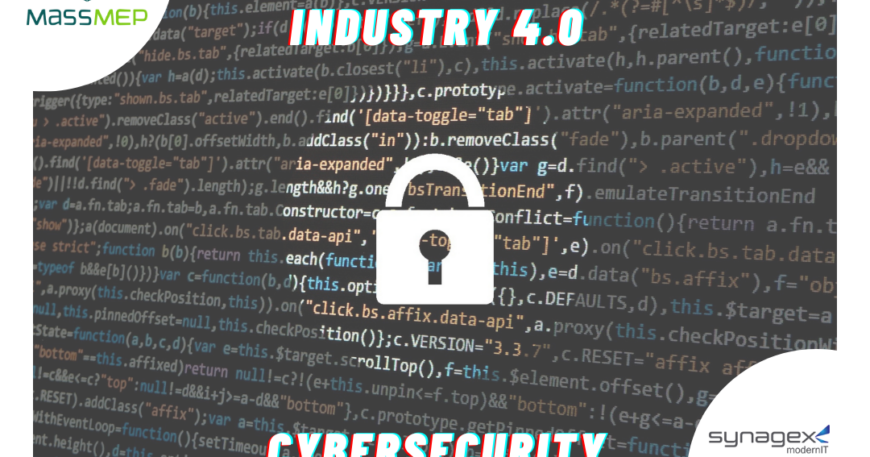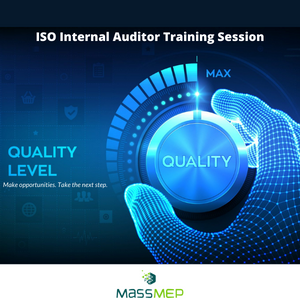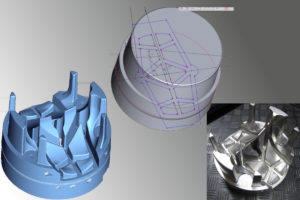CONNEX Massachusetts Registration & Training Session
<img class="alignnone size-medium wp-image-31422 aligncenter" src="https://massmep.org/wp-content/uploads/2023/03/Connex-MA-Blue-Draft-031-1-300x184.jpg" alt="" width="300" height="184" />
The session is created for Massachusetts Manufacturers that are interested in joining the CONNEX Supply Chain Database. If you are new to the platform MassMEP representatives will be live to get you registered, walk you through the features of the platform, and answer questions.
Session times and dates are listed in the MassMEP workshop calendar. Click the link on your preferred date to join the live session, no registration necessary. Manufacturers will only need to attend one training session.
Through the MassMEP partnership, a lifetime CONNEX Massachusetts subscription is available at no cost for all Massachusetts Manufacturers. To join the CONNEX Marketplace National Database account holders will receive a promotion code that equates to an annual savings of $500/year. This offer is valid through June 13, 2023.
<a href="https://massmep-org.zoom.us/j/82821794341?pwd=ZkFwWkorejBqTlRCeUdIcnY1ZVNodz09" rel="noopener" target="_blank">Click here to join</a>


